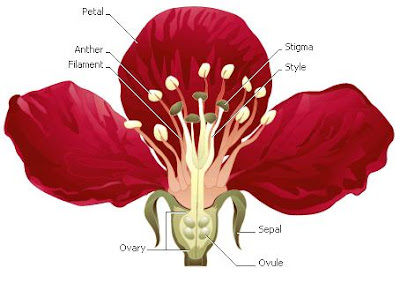Monocots
Monocots, more properly monocotyledons, one of two classes of flowering plants (see Angiosperm). They are mostly herbaceous and include such familiar plants as iris, lily, orchid, grass, and palm. Several floral and vegetative features distinguish them from dicots, the other angiosperm class. These features include flower parts in threes; one cotyledon (seed leaf); leaf veins that are usually parallel; vascular tissue in scattered bundles in the stem; and no true secondary growth.
Monocots are thought to have evolved from some early aquatic group of dicots through reduction of various flower and vegetative parts. Among living monocot groups, one order (see Water Plantain) contains the most primitive monocots. About 50,000 species of monocots are known—about one-third the number of dicot species.
Scientific classification: Monocots make up the class Liliopsida of the phylum Magnoliophyta. The most primitive living monocots belong to the order Alismatales.
Related articles:
Monocots are thought to have evolved from some early aquatic group of dicots through reduction of various flower and vegetative parts. Among living monocot groups, one order (see Water Plantain) contains the most primitive monocots. About 50,000 species of monocots are known—about one-third the number of dicot species.
Scientific classification: Monocots make up the class Liliopsida of the phylum Magnoliophyta. The most primitive living monocots belong to the order Alismatales.
Related articles:
- types of monocots



Comments